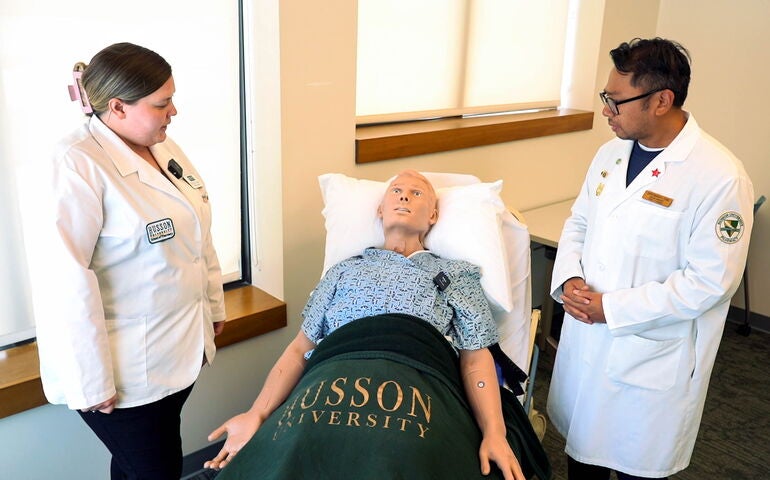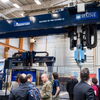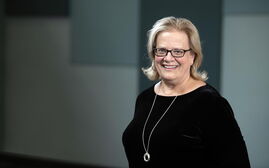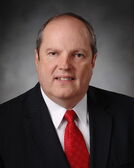Husson's new patient simulator uses AI to mimic human movement, verbal responses
 Courtesy / Husson University, Gaumard Scientific
Husson University is adding a Gaumard Scientific HAL S5301 simulator thatcan mimic human movement and verbal responses.
Courtesy / Husson University, Gaumard Scientific
Husson University is adding a Gaumard Scientific HAL S5301 simulator thatcan mimic human movement and verbal responses.
Husson University in Bangor is adding a lifelike patient simulator that will let nursing, occupational therapy, physical therapy and pharmacy students practice their skills in a hands-on medical setting.
The HAL S5301 interdisciplinary patient simulator — or HAL, for short — is a manikin that uses artificial intelligence to mimic human movement and verbal responses. HAL also adapts to simulate the unpredictable communication in real-life patient-medical caregiver experiences.
The manikin will be installed in the Simulation Education Center at Husson’s College of Health and Pharmacy, and will go live on Feb. 13.
“With the help of artificial intelligence, HAL can answer medical history and initial assessment-related questions, follow voice commands, and learn over time,” said Ghada Konsowa, the center’s director. “HAL's capabilities make it an excellent tool to fulfill educational objectives across clinical disciplines and blur the lines between simulation and real-life.”
The advanced technology joins the center’s collection of low- and high-fidelity manikins that simulate real patient experiences. The goal is to provide students with tools to prepare them for the challenges and rigors of actual patient care.
The HAL S5301 was introduced in January 2022 by Gaumard Scientific Co., a Miami maker of health care simulation technology for workforce training.
According to Gaumard, HAL was the first simulator designed to help educate students in multiple clinical disciplines, including brain injury training. Features of the manikin included simulated cardiac, respiratory and vascular physiology, and the capability for high-fidelity auscultation, which is the ability to listen to the internal sounds of the body using a stethoscope. The technology allows real medical equipment to be used to monitor and diagnose the HAL S5301's clinical condition.
High-tech patient simulators help grow both student skills and the health care workforce. The simulators allow stop and restart options, giving students time to ask questions and practice procedures, and the simulations can also be recorded for later playback and critique.
Simulator technology is getting more sophisticated all the time. And simulation capacity has been expanding in Maine.
For example, simulation technology has been among key elements for doubling Maine Community College System’s nursing program enrollment. In recent years, the Fort Kent campus acquired a holographic obstetrics simulator. In Wells, York County Community College implemented high-fidelity simulators for its Advanced Emergency Medical Technician program.
Last year, the University of Southern Maine unveiled a new $2.5 million training facility that included a simulation lab for nursing students.
At Husson, the goal is to provide immersive, hands-on education.
“The addition of the HAL S5301 interdisciplinary patient simulator to our Simulation Education Center is the next step in providing a transformative experience for current and future Husson students,” said Lynne Coy-Ogan, Husson’s president-elect and senior vice president for academic affairs and provost.













0 Comments